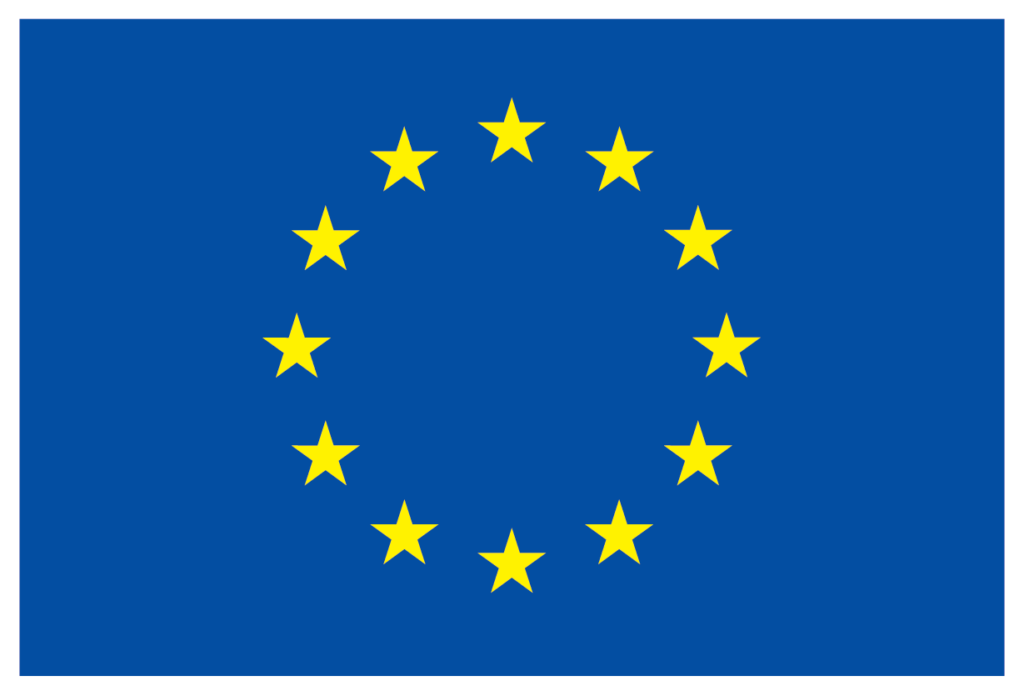AQ-WATCH

AQ-WATCH
01/01/2020 – 31/12/2022
Grant agreement ID: 870301
Guy Brasseur
Coordinator, MPI-M
Max Planck Institute for Meteorology (MPI-M), Germany
BreezoMeter, Israel
National Centre for Scientific Research (CNRS), France
Finnish Meteorological Institute (FMI), Finland
Barcelona Supercomputing Centre (BSC), Spain
INERIS DEVELOPPEMENT, France
Beijing Computing Centre, China
Beijing Municipal Institute of Labor Protection/ Institute of Urban Safety and Environmental Science, Beijing Academy of Science and Technology, China
The Netherlands Organisation for Applied Scientific Research (TNO), The Netherlands
OctoGEO s.r.o. / MapTiler.com, Czech Republic/Switzerland
University of Chile (UCL), Chile
University Corporation for Atmospheric Research Nonprofit Corporation (UCAR), US
DOI: Kumar, R., Bhardwaj, P., Pfister, G., Drews, C., Honomichl, S., D’Attilo, G. (2021), Description and Evaluation of the Fine Particulate Matter Forecasts in the NCAR Regional Air Quality Forecasting System. Atmosphere 2021, 12(3).
DOI: Bouarar, I., Gaubert, B., Brasseur, G. P., et al. (2021), Ozone Anomalies in the Free Troposphere During the COVID-19 Pandemic. Geophysical Research Letters, 48, e2021GL094204.
DOI: Doumbia, T., Granier, C., Elguindi, N., et al. (2021), Changes in global air pollutant emissions during the COVID-19 pandemic: a dataset for atmospheric modeling. Earth Syst. Sci. Data, 13, 4191–4206, 2021.
DOI: Ye, X., Arab, P., Ahmadov, R., et al. (2021), Evaluation and intercomparison of wildfire smoke forecasts from multiple modeling systems for the 2019 Williams Flats fire. Atmos. Chem. Phys., 21, 14427–14469, 2021.
DOI: Chouza, F., Leblanc, T., Brewer, et al. (2020), The impact of Los Angeles Basin pollution and stratospheric intrusions on the surrounding San Gabriel Mountains as seen by surface measurements, lidar, and numerical models. Atmos. Chem. Phys., 21, 6129–6153, 2021
DOI: Nicolas, H., Denier van der Gon, H., Castesana, P., et al. (2020), Evaluation of anthropogenic air pollutant emission inventories for South America at national and city scale. Atmospheric Environment, Vol. 235, 15 Aug., 117606.
DOI: Menares C., Gallardo L., Kanakidou M., Seguel R., Huneeus N. (2020), Increasing trends (2001–2018) in photochemical activity and secondary aerosols in Santiago, Chile. Tellus B: Chemical and Physical Meteorology, Vol. 72, 1-18.
DOI: Lapere, R., Mailler, S., Menut, L., Huneeus, L. (2021), Pathways for wintertime deposition of anthropogenic light-absorbing particles on the Central Andes cryosphere. Environmental Pollution, Vol. 272, 1 03 2021, 115901.
AQ-WATCH User Interface Platform:
Publicly-available deliverables and reports can be found in our project website:
Air Quality: Worldwide Analysis and Forecasting of Atmospheric Composition for Health
The primary objective of the AQ-WATCH project is to develop a supply chain leading to the generation of seven downstream products and services for improving air quality forecasts and attribution. For instance, these include Global & Regional atlases of air quality indices and reports, daily and solar energy forecasts, wildfire and visibility services, and more.
The project consortium is remarkably diverse and bring together the specialists from three regions – Europe, Asia, North and South America. The consortium will make use of satellite observations, in situ measurements and modelling products to improve air quality forecasts. AQ-WATCH will develop dynamic interactions between the developers of the prototype products/services and the prime users.
The products and services developed in the AQ-WATCH project can be used by governmental institutions and private companies to help mitigate air pollution. Besides, the project will allow for the first time for small and medium-sized enterprises (SMEs) to integrate a large number of datasets associated with Earth observations with advanced predictive models.
What’s in the air we breathe? It contains emissions from motor vehicles, industry and heating as well as tobacco smoke and household fuels. Air pollution at current levels in European cities is responsible for a significant number of deaths, hospital admissions and the exacerbation of a variety of symptoms, according to the World Health Organisation. The EU-funded AQ-WATCH project will make use of satellite observations, in situ measurements and modelling products to improve air quality forecasts. It will develop tailored products and services that can be used by governmental institutions and private companies to help mitigate air pollution. The project will allow for the first time small and medium-sized enterprises (SMEs) to integrate a large number of datasets associated with Earth observations with advanced predictive models.


